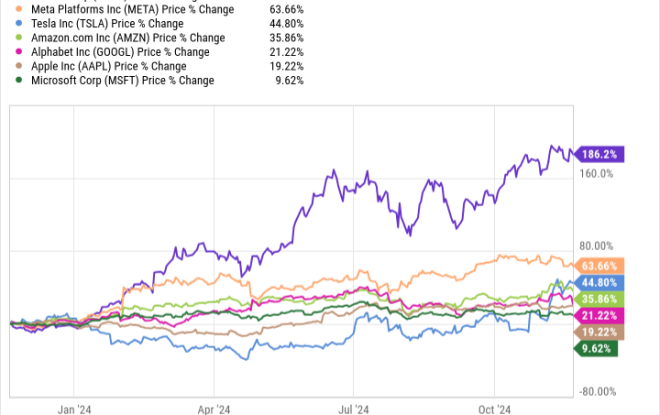Some Investors Keep Making This Ford Mistake
Metrics and ratios can be great. They take complicated bits of information and put them in a form that allows you to make comparisons among competitors or industries. They can give you valuable insight into company performance and whether management is improving certain aspects of the business. But they can also give you the wrong idea if you don’t have proper context or understanding. I recently came across a misunderstanding related to Ford Motor Company‘s (NYSE: F) debt-to-equity ratio — here’s what it was, and what you can learn from it.
What happened?
I recently came across an article that said something to the effect of: “Ford uses its extensive debt to improve its returns. It has a shockingly high debt-to-equity ratio of 3.46.” While this number is technically right, the analysis is unacceptably wrong.
To start, let’s better explain the debt-to-equity ratio, and why Ford’s inputs need adjusting. The debt-to-equity (D/E) ratio evaluates a company’s financial leverage and is calculated by dividing total liabilities by shareholder equity.
The D/E ratio can be used to assess the company’s reliance on debt and is best used in comparison within an industry as the results can trend differently across industries. A higher D/E ratio suggests a company is taking on more risk by carrying more debt, but it can work the other way if a company has a low D/E and has more to gain by taking on debt and investing in business growth.
How to adjust
Ford’s D/E ratio of 3.46 brings in Ford’s total liabilities, which includes debt under Ford Credit, Ford’s finance arm. Before we go any further, let’s sort out Ford Credit’s contribution.
Ford Credit takes on massive debt, similar to a bank, and provides consumers with loans and leases and supports dealership renovations, among other things. Essentially, Ford Credit takes on massive debt but turns this into a very profitable business. Ford Credit is often more profitable than any of Ford’s regions outside of North America.
Now, let’s modify this ratio to get a better look at the difference between debt including Ford Credit, and without it. Let’s just use total long-term debt, automotive debt, and total equity from the second quarter.
Using only long-term debt leaves us with a formula of $100.3 billion divided by $43.6 billion, or a D/E of 2.3 times. Consider anything above 2 to be entering hazardous territory, in many industries. One could glance at some metrics and immediately conclude Ford has too much debt and too much risk.
However, when you back out Ford Credit’s debt — which again is a large positive for the company’s bottom line, not a hindrance — and use only automotive debt, the ratio shrinks down to a much more reasonable 0.42 times. This is a stark difference in how you perceive Ford and its metrics solely based on the understanding of Ford’s core business and how it overlaps with Ford Credit.
What it all means
This just serves as a reminder that you should always double-check numbers and do your own research. And while metrics are incredibly helpful, they also require context and understanding. Ford Credit is a highly important entity to Ford and its underlying business, and with how it operates, its debt shouldn’t be included in certain ratios.
Should you invest $1,000 in Ford Motor Company right now?
Before you buy stock in Ford Motor Company, consider this:
The Motley Fool Stock Advisor analyst team just identified what they believe are the 10 best stocks for investors to buy now… and Ford Motor Company wasn’t one of them. The 10 stocks that made the cut could produce monster returns in the coming years.
Consider when Nvidia made this list on April 15, 2005… if you invested $1,000 at the time of our recommendation, you’d have $760,130!*
Stock Advisor provides investors with an easy-to-follow blueprint for success, including guidance on building a portfolio, regular updates from analysts, and two new stock picks each month. The Stock Advisor service has more than quadrupled the return of S&P 500 since 2002*.
*Stock Advisor returns as of September 23, 2024
Daniel Miller has positions in Ford Motor Company. The Motley Fool has no position in any of the stocks mentioned. The Motley Fool has a disclosure policy.
Some Investors Keep Making This Ford Mistake was originally published by The Motley Fool





Leave a Reply